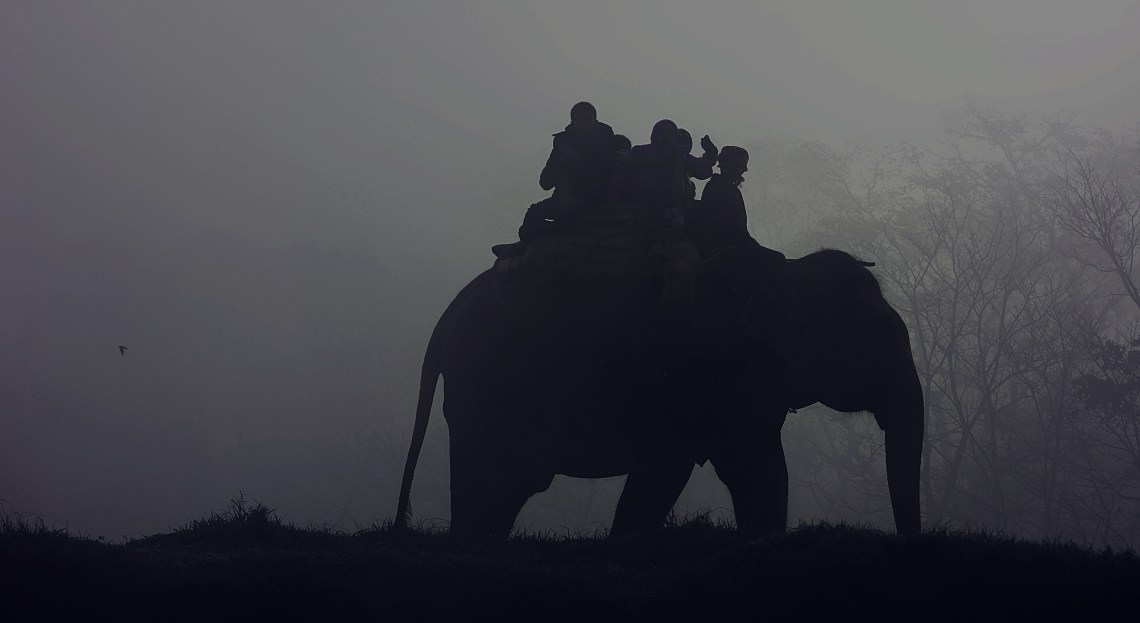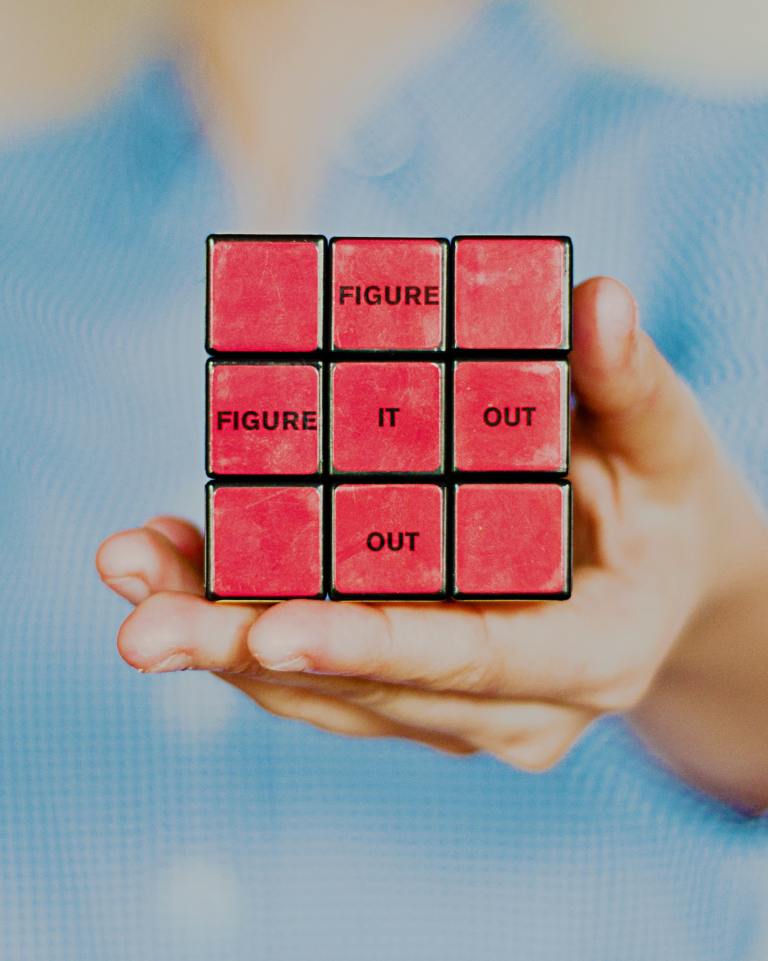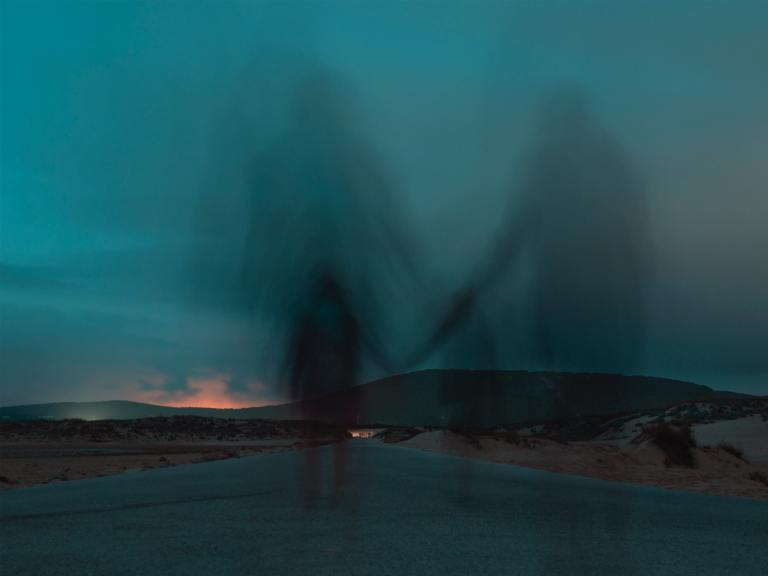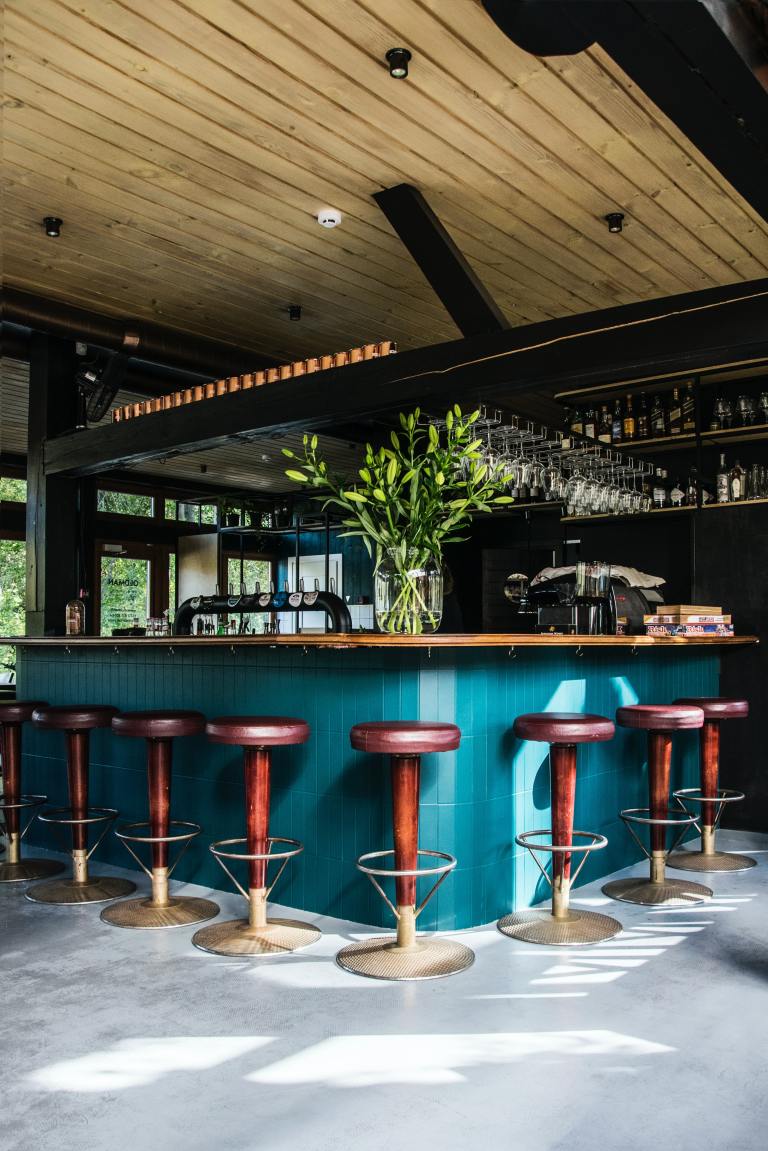The Unedited Truth Behind Elephant Tourism In Asia And The Importance Of Educating Yourself
Do you know where your dollars are going and what they could be doing to the animals? Are they bettering the life of the animal or merely keeping it as a vessel for human entertainment?
By ![]() Brianna Rice
Brianna Rice


Travel teaches you so many things. It teaches you about other people. It teaches you about other foods. It teaches you about beliefs and practices that are vastly different from what you are accustomed to in your home country.
Travel can also teach you how naïve you are.
When I booked my trip to Nepal in 2013, I was ecstatic. When I found out that I could go on an Elephant Safari, my head just about exploded. These were my favorite animals in the world and I could actually go ride them? In the jungle? In Nepal?
I was sold.
We spent the afternoon taking a brief hike in the jungle to the Elephant Breeding Centre. In front of me was a huge brown-grey elephant swinging its trunk slowly back and forth. Several more elephants lined up underneath a tin-roofed shelter with no walls. Large wooden poles stuck out from the ground which served to hold the elephants in place.
I turned a blind eye to the chains around their legs.
The next morning, we returned for our elephant safari. I raced up the stairs to the platform, eager to be the first on the elephant’s back. We sat inside a small wooden pen with just enough padding to even out the elephant’s back. Our legs dangled down the side of the elephant while the mahout (or elephant trainer) placed himself on the elephant’s neck.
With four grown adults on its back, the elephant lumbered into the jungle.
It didn’t take long to get used to the gentle rocking that resulted as the elephant took each powerful step. As we went along, our mahout pointed out deer and monkeys, so we could take photos.
Through trees and bushes and rivers, the elephant went along, staying close to its 20 or so herd mates, also carrying camera-toting tourists.
Three hours later we were loaded off the elephants and taken to the riverside for another activity. One I’d looked forward to since booking my trip – The Elephant Bath.
My elephant stuck its trunk onto the bank of the river, and I was assisted as I climbed up its face and onto its back. I positioned myself on the back of the elephant. Nothing between me and the elephant’s rough skin. As another tourist climbed on, the elephant was lead into the river.
Right on command, the elephant began filling its trunk with water. I knew exactly what was coming as he lifted his trunk and pointed it backwards. I quickly turned my head as water came rocketing out of the elephants trunk, splashing all over me. I laughed with excited glee and prepared myself for more. After 2 or 3 rounds of trunk-spray I was thoroughly drenched and giddier than a school girl.
Another command from the mahout, and the elephant began to lower itself into the river. As its enormous body leaned to the side, I knew I was going straight into the water. I let myself fall off the elephant’s back and came to the surface of the water with a huge grin on my face.
I splashed water onto the back of the elephant and gave it the best and most loving pat down. I thought back to images of cartoon elephants joyfully splashing in the water and believed that this elephant before me was living the elephant dream. Back on the bank of the water, I crouched down to the level of the elephant’s eyes and gave it more love.
“Hello beautiful girl. You are so sweet. Look how pretty you are.”
This was one of the most amazing experiences I’ve ever had. To interact with such a powerful, yet graceful creature was something I’ll never forget.
I wish I could recommend that everyone have this same experience in their lifetime.
But knowing what I know now, I cannot.
You see, once we were dried off from our watery playtime, we headed back to the Breeding Centre to learn more about the elephants. The heavy chains around their ankles began to grasp at my heart and I stared at them, feeling an uncomfortable twinge in my stomach.
The Breeding Centre had a small museum on site, which displayed lots of information about elephants, and even had real elephant bones on exhibit. I quietly circled the room, reading the information and soaking up all I could about this beautiful animal I had experienced.
I stopped at one particular information board and my stomach dropped. That uncomfortable feeling dug at me again as I read about the training methods used at the Breeding Centre.
“During training, the trainee calf is kept in isolation from its mother for a few days. After, the calf undergoes a rigorous difficult days. Food and water is restricted. The calf is tied up with cotton ropes on a strong wooden post. Both front legs are chained and the neck is tied to the post…”
“During the evening, fire flames are shown close to the calf which is followed by massage to desensitize the skin. The calf may be slightly injured during the training as he/she vigorously reacts to the training process…”
My stomach grew sicker. Flames? They burn the elephants’ skin, damaging its nerve endings so it can’t feel. I had splashed water and rubbed the skin of the elephant in the river. Could it not even feel the love I was trying to give it? That poor baby was taken from its mother, chained up, and given limited food and water.
That sounds like actual torture.
I tried to wrap my mind around these questionable training methods trying to rationalize and conclude something along the lines of cultural differences. They’re a Breeding Centre after all. They must be doing some good.
Right?
Well after returning home and researching more I can’t be certain if they’re doing good at all. I haven’t been able to find anything conclusive on the efforts of the Breeding Centre – Nothing about its intentions or mission. Nothing about the impact their work has done.
After reading more and more about the use of elephants in the tourism industry in other countries, I have become disheartened. Article after article details the cruel treatment of elephants so that they can become broken and used for human entertainment.
The more that people pay to take part in these activities, the more money can be spent on breaking elephants.
As much as I loved my elephant experience, that memory is tainted knowing that I have contributed money towards burning an elephant’s skin.
Travel teaches you how little you know of the world.
Before you spend your money on that elephant ride, please know there are better ways to enjoy the majestic beauty of the elephant, that don’t involve cruelty. I can only hope you learn from my naïve experience.
1.) Do your research before signing up for any animal interaction
Do you know where your dollars are going and what they could be doing to the animals? Are they bettering the life of the animal or merely keeping it as a vessel for human entertainment?
2.) Volunteer with legitimate organizations
What have others said about that organization? Do they publish proof of their conservation efforts? What is their mission statement?
3.) Check your ego
Are you doing this so you can learn about and experience the animal for what it is, or are you doing it because it’s cool?
4.) Ask questions
When you do visit animal centers, ask questions to understand the animal and the efforts of the center.
5.) Educate yourself and others
Learn to appreciate animals in their natural settings rather than behind bars or chained to poles.
The best way to end the cruelty behind elephant tourism is to fight back with education. The more people who know the truth, the fewer dollars supporting the industry and keeping it alive.
As Nelson Mandela said:
“Education is the most powerful weapon which you can use to change the world.” ![]()




